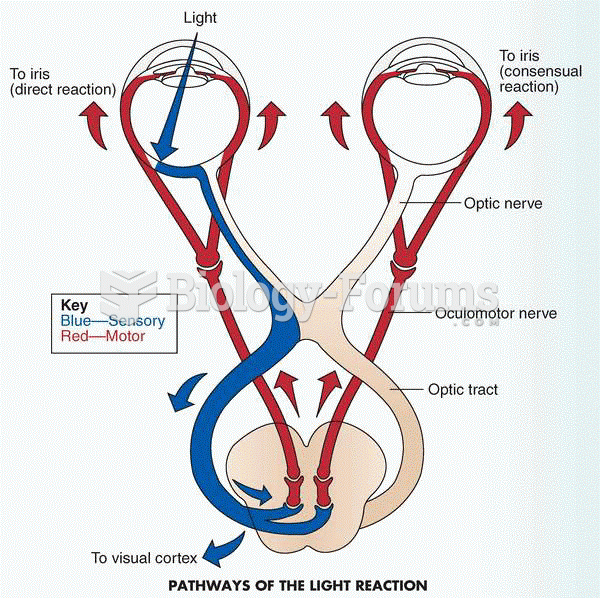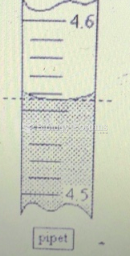This topic contains a solution. Click here to go to the answer
|
|
|
Did you know?
Children of people with alcoholism are more inclined to drink alcohol or use hard drugs. In fact, they are 400 times more likely to use hard drugs than those who do not have a family history of alcohol addiction.
Did you know?
There are 20 feet of blood vessels in each square inch of human skin.
Did you know?
The longest a person has survived after a heart transplant is 24 years.
Did you know?
Illicit drug use costs the United States approximately $181 billion every year.
Did you know?
About 3% of all pregnant women will give birth to twins, which is an increase in rate of nearly 60% since the early 1980s.







